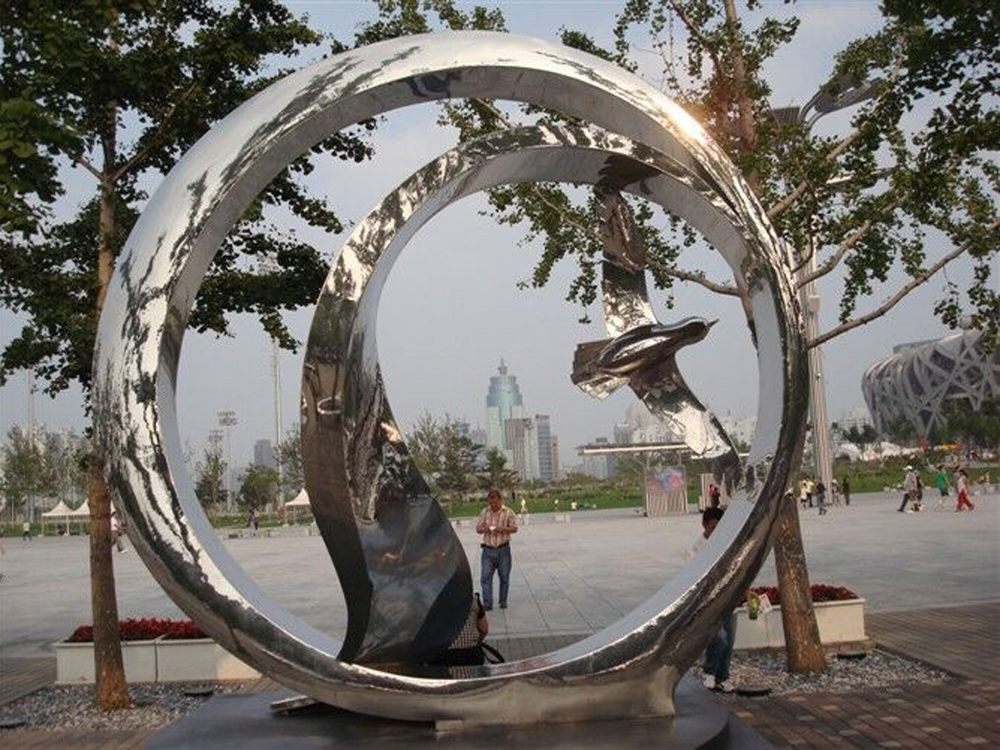
Bronze sculptures, though inherently static, can evoke a remarkable sense of movement and fluidity through the skilled hands of artists. One of the most effective techniques is the use of dynamic poses. By capturing a figure mid-action—such as a dancer twirling or a horse galloping—the sculptor implies motion frozen in time. The careful positioning of limbs, flowing drapery, or windswept hair further enhances this illusion.
Another method involves the manipulation of form and balance. Artists often exaggerate proportions or distort shapes slightly to suggest momentum. For instance, elongating a figure’s limbs or tilting its posture can create a sense of forward motion. The play of light and shadow on the textured surface of the bronze also contributes to the perception of movement, as light reflects differently across curved and angled surfaces.
Texture and detailing play a crucial role as well. Delicate engravings or rough textures can mimic the effects of wind, water, or speed, adding layers of realism. Additionally, negative space—such as gaps between limbs or open folds in clothing—can imply motion by leaving room for the viewer’s imagination to fill in the action.
Ultimately, the illusion of movement in bronze sculptures is a testament to the artist’s ability to transcend the medium’s limitations. Through composition, form, and texture, they breathe life into cold metal, inviting viewers to perceive the unseen energy within the artwork.

